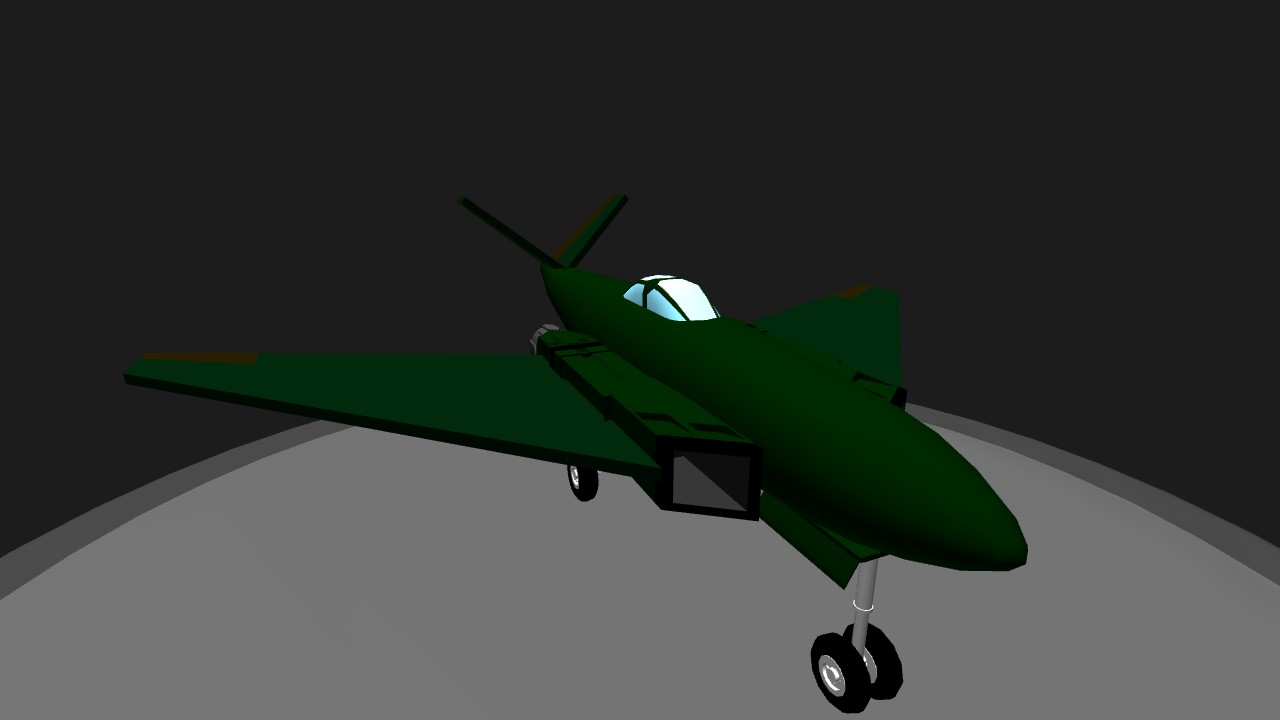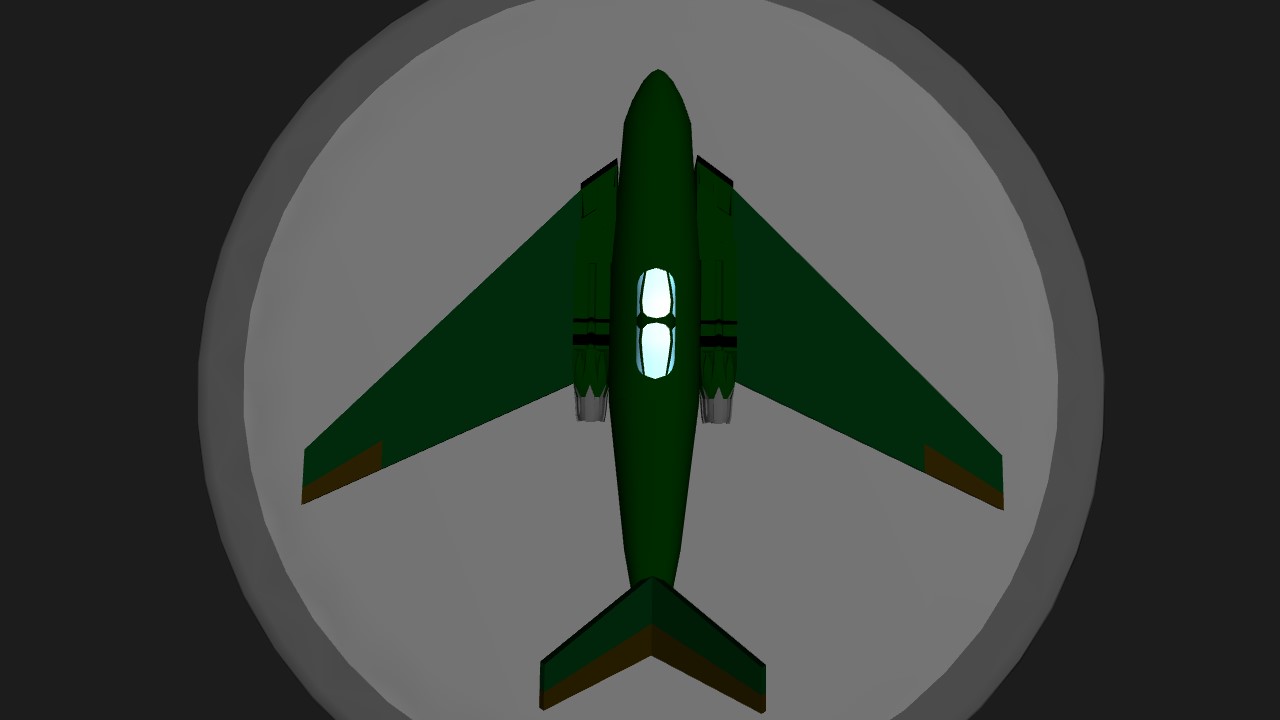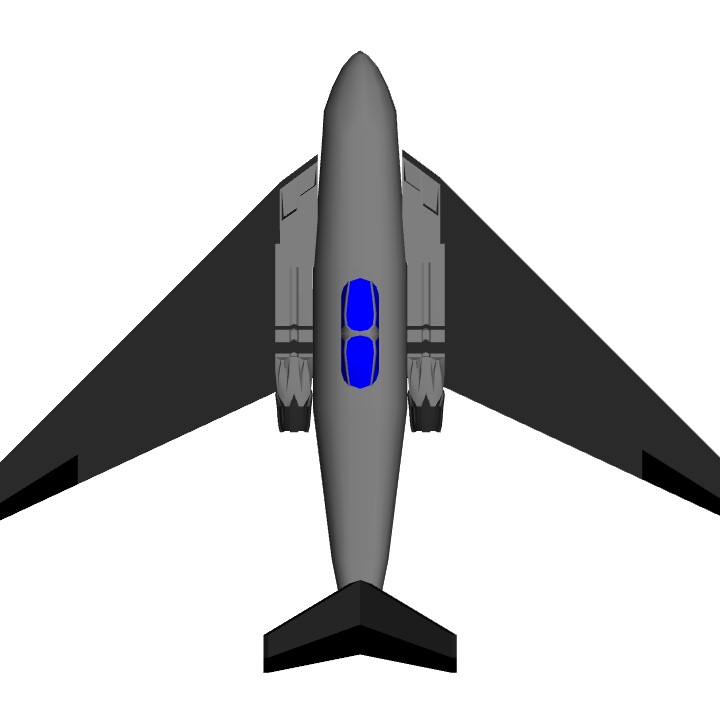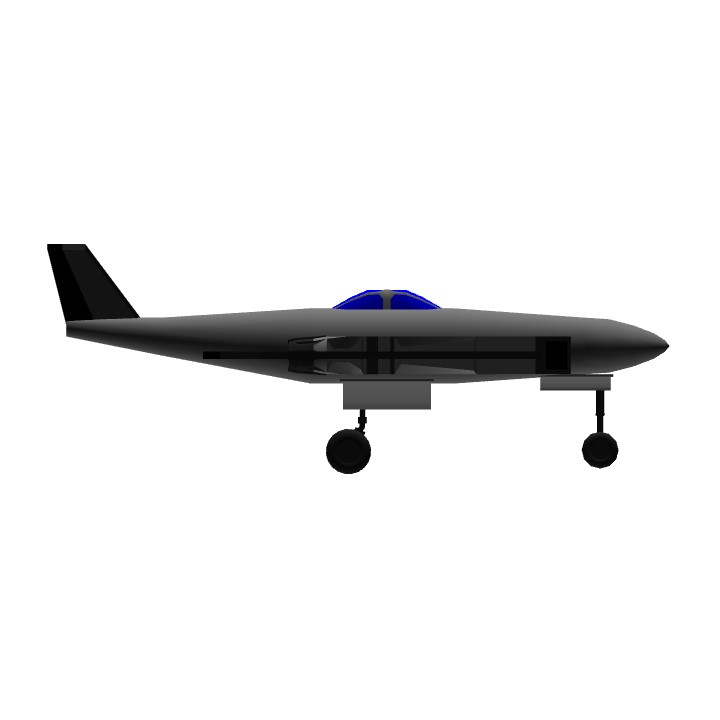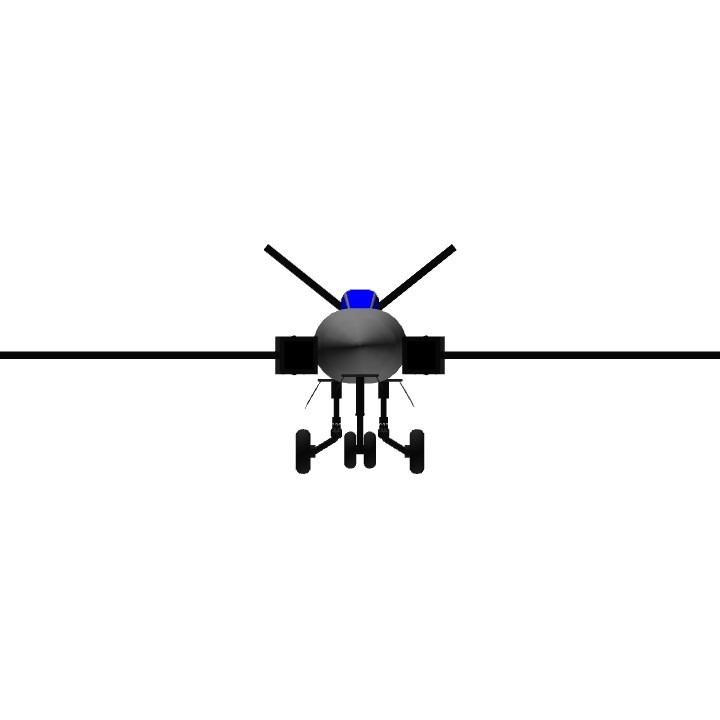When the Messerschmitt Me 262 first blew through Allied bomber formations aircrews were amazed and astonished at the performance levels they witnessed however the creator of this technology, Willie Messerschmitt, only saw it as an interim type of aircraft as it went into production and the platform was considered dead by 1945. Adolf Busemann had been researching swept wing technology as early as 1935 and in 1941 had proposed that a 35 degree swept wing (the same as seen on the F-86 and MiG-15) be installed on the Me 262 airframe. By 1944 he had two radical paper designs well developed that utilized more radical wing sweeps than used on the initial 262, these high speed designs (Hochgeschwindigkeit) were designated HG II and HG III. The primary development of the HG.III was aimed at a three place night fighter but a day version did exist on paper. The RLM had already approved an inventory of electronics for use in the aircraft however very soon a directive was issued to divert all production capability toward projects deemed more important for the war effort. Messerschmitt ignored this directive and continued development of the project. The HG.III design utilized a 45 degree swept wing and embedded the turbine engines (most likely BMW 003) in the wing roots rather than slung under the wing. This greatly reduced the aircrafts drag ratio. It was discovered that the Me 262 A suffered from a nose down pitch as speed neared the trans-sonic range which was not correctible and would simply increase resulting in a steeper dive and increased airspeed that would ultimately destroy the air-frame. The HG.III was designed to operate within the trans-sonic range with a proposed maximum speed of Mach 0.96.
Specifications
General Characteristics
- Successors 1 airplane(s) +7 bonus
- Created On iOS
- Wingspan 31.3ft (9.5m)
- Length 26.9ft (8.2m)
- Height 9.6ft (2.9m)
- Empty Weight 6,382lbs (2,895kg)
- Loaded Weight 12,253lbs (5,558kg)
Performance
- Power/Weight Ratio 1.834
- Wing Loading 73.3lbs/ft2 (358.0kg/m2)
- Wing Area 167.1ft2 (15.5m2)
- Drag Points 2757
Parts
- Number of Parts 20
- Control Surfaces 6
- Performance Cost 173

